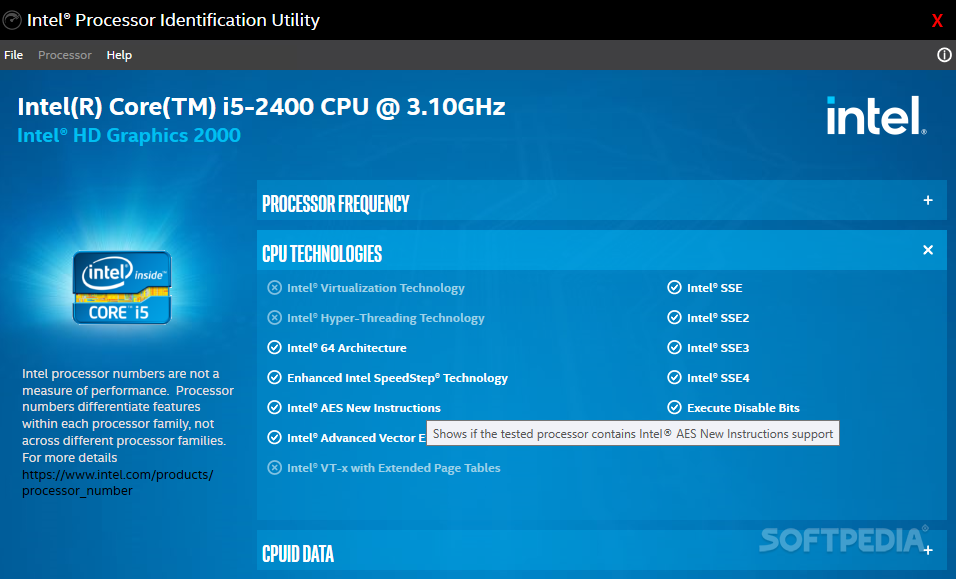

Over 75,000 accessions of the cultivated and wild species of tomato are maintained in Genebank around the world but relative and absolute differentiation of these accessions need microsatellite (STR) markers. The other essential characteristics for tomato improvement are development of cultivars with broad adaptability, earliness and fruit quality. To accelerate conventional plant breeding, Marker Assisted Selection (MAS) with more than 80 resistance genes to major classes of pathogens (fungal, bacterial, virus and nematode) have been used extensively for pyramiding resistance genes. Tomato is known to be susceptible to over 200 diseases caused by pathogenic fungi, bacteria, viruses and nematodes. A major constraint in tomato production is the loss incurred due to several diseases.

Worldwide, tomatoes are an important part of a diverse and balanced diet as a rich source of vitamins, minerals, phenolic antioxidants and anti-oxidant lycopene having anti-cancer properties. Globally, USA (23.2%), Germany (16.5%), Russian Federation (9.6%) and United Kingdom (8.3%) are top countries importing tomatoes while Netherlands is the biggest exporter of tomatoes, exporting over 910 346 tons a year and accounting for 20.6% of world export market in tomatoes. The leading tomato producing countries of the world are China, USA, India, Turkey, Egypt, and Italy. Especially common information related to gene and pathway involved in fruit ripening can be potentially applied to other crops also leading to improved fruit quality and reduced cold chain management costs. The tomato genome sequence will have implications on other plant species viz., strawberries, melons, apple etc., which share some characteristics with tomato. Solanum pimpinellifolium and the potato genome ( Solanum tuberosum L.) has also been reported depicting the extent and pattern of similarities and dissimilarities among the three genomes. A draft sequence of its closest wild relative, i.e. The genome of tomato has been sequenced by The Tomato Genome Consortium in 2012. The genus Solanum is one of the largest angiosperm genera and the genome has 35,000 genes spread over 12 chromosomes and has few high copy number long terminal repeat (LTR) retrotransposons and largely comprised of low-copy DNA. Tomato ( Solanum lycopersicon L.), a new world solanaceous plant is an excellent model for plant genomic research.


 0 kommentar(er)
0 kommentar(er)
